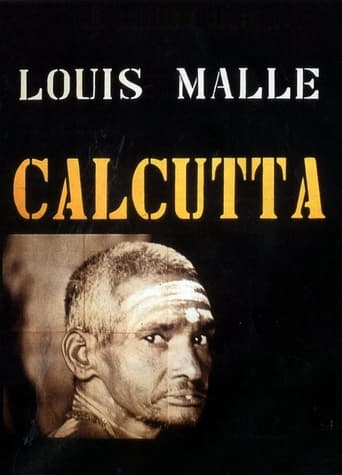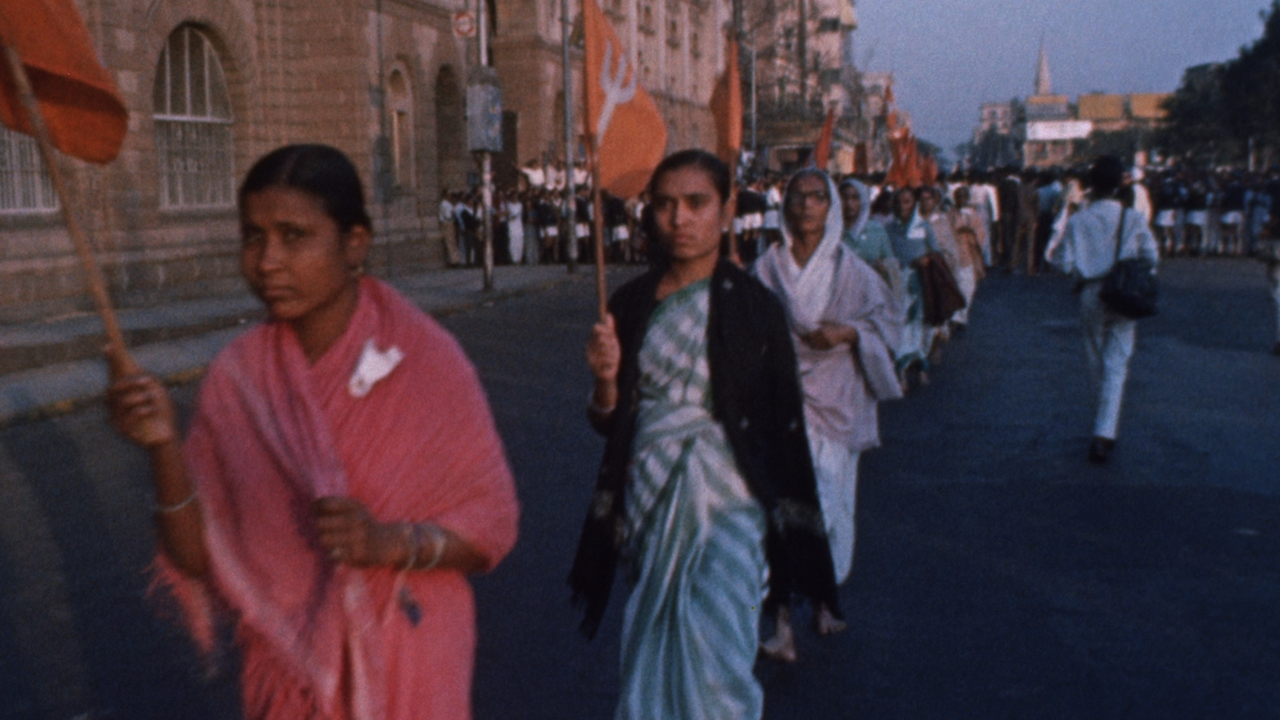PoppyTransfusion
Reading the IMDb reviews I was surprised that some were so negative about the film and cynical about its agenda. One review chose to attack the USA as part of their consideration of the film yet had the reviewer watched closely they would realise there was some irony in the fact that the soybean oil cans were labelled in 17 languages to reinforce that they had been donated by Americans. The film had lots of implicit criticism.The main criticisms of the film were reserved for British colonialism and the heritage it bequeathed, which was to be found alive and well in the economic elite of Calcutta. Most of the film showed ordinary people in varying states of poverty, working, cleaning and celebrating and/or worshipping. It offered special mention at times for the excluded, e.g. the lepers, the migrants from Bihari and Madras to name some. What this film does is include as many of the people who comprised the population of Calcutta in 1968 and it's not always a pretty sight. But the city is complex.Some favourite moments: One, the jute situation. Under British rule part of the then city grew the plants from which jute is made and the other part contained the factories for its processing. Post-colonialism and the eastern part of the city, containing the farmed jute plants, became Bangladesh, or East Bengal as it's referred to in the film. The factories remained in India. So Calcutta's municipality divided the land formerly used for rice giving half of it to grow jute plants. The consequence for the population was not enough rice to feed the population! A great illustration of the ludicrousness created by partition and the effects it has on the poor.Two, manual labour. It was plentiful in Calcutta at rock bottom costs and so the unions were keen to discourage technological advance as it would threaten employment. Meanwhile the people are working very hard for pittances. How would one resolve this? Well that's a hypothetical question as technology has advanced nonetheless.Three, the clay potter in one of Calcutta's slums. A moment of genuine and serene beauty; watching the man artfully spin his potter's wheel and then so deftly remove parts of the clay he's formed into perfect cups. The cups are then stored on the roof of the hut to dry out thereby providing a decorative temporary roof. Temporality was one of the spiritual themes of the film.Finally, another complaint in one of the reviews was that the film intruded on subjects' privacy. There were moments when a person spotted being filmed and tried to cover themselves. So there's some legitimacy to this criticism. BUT I wonder if the reviewer picked up this minor detail - and it was minor as most subjects were curious about the camera - because they did not want to see certain people in certain states. The camera in the film lingers on its subjects but it spent time looking with attention. Whether the attention was on faces and hands ravaged by leprosy, a man washing himself in public view, or guests at a bourgeois wedding eating. The camera attended to its subject.If you have the opportunity to see the film then take it, as it's not easy to get hold of. I have it as part of the Eclipse volume 2box set of Malle's documentaries. The set includes Malle's lengthy documentary called Phantom India. The footage he used in Calcutta was to form part of Phantom India but when he saw what he filmed he realised it was so compelling that it deserved to be a film in its own right.
Film_critic_Lalit_Rao
French director Louis Malle's feature length documentary "Calcutta" would turn out to be a harrowing experience for anyone who is interested in serious cinema.It is not the depiction of abject poverty which is shocking but the manner in which this film was shot is quite revolting.Etienne Becker's camera did not show least bit of concern for his subjects as their privacy was violated in many ways.It felt as if some intruders were hell bent on snatching moments of innocence from common people.This disputatious position would surely play a leading role in polarizing viewers.It can be surmised that even hardcore documentary cinema admirers would doubt this film's neutrality as it appears much too prejudiced.Louis Malle has not been able to strike a fine balance between what he personally experienced in Calcutta and what Calcutta really had to offer.This is one of the reasons why he chose to highlight what he experienced more than what was being offered.As this is a documentary with minimal commentary,viewers would be forced to draw their own conclusions.City of Calcutta is synonymous with its strong political stance.This aspect of Calcutta has been depicted by Louis Malle in a very light manner.This film's few moments of relief were filmed only when Louis Malle chose to become a sociologist.Those are the moments which would please audiences not accustomed to the depiction of anything controversial.
Rodrigo Reyes
It's not a matter of pride so much as it is insecurity which leads people to be so defensive towards this film. In sociological terms, they are still playing the role of oppressed subjects. It is an outright denial of reality coupled with a love affair with a myth of identity that never existed in reality.Why must art be channeled into a half-baked political agenda? Louis Malle did not make it up, he just shot what he found. You must be ready to look at this film as a cultural artifact, as a work of art. Making a critique from a strict nationalistic point of view is less than superficial: it demonstrates a complete misunderstanding of what film-making is all about.In fact, look at the craft Malle used in this film. He avoided narration and let the events carry the film in a direct and simple way. The fact that it avoids narration or music help it to become an open film, one that invites reflection and thought from the viewer. But I guess there is only so much technique can achieve when people refuse to listen.Perhaps it is more comfortable to enjoy films about the nasty sides of other societies. Overwhelmingly, the reference for films is American Cinema. Look at polls of critics and directors: Citizen Kane is voted number one and often Godfather or Godfather II come in second. These films deal with the breakdown of American society in one way or the other, looking at it's most corrupt extremes. And in fact, both Godfather films are definitely among the most watched films in history, throughout the world.However, for the sake of decency and if national pride is to be preserved, than we ought to ban films like the Godfather and Calcutta altogether. We should take the historical example of those few intelligent regimes who went through a tremendous effort to control art in their societies, not only films, but also books and music and even painting. It is too easy to cite Hitler's Germany as an example, but the Soviet Union, Cuba, China, North Korea and many others fall into this list.
foxfirebrand
I wish people who review movies would do exactly that, and not go flying off on political tangents that aren't necessary or relevant. Yes, Kolkata is different 40 years after this film was shot. What bearing does this have on a film made in 1968? And I don't know why one commenter berated the United States in such broad-sweeping terms, beginning with the false assumption that "we" don't know about our own slums-- and the implicit idea, about as inane as it gets, that American filmmakers don't make films about poverty in America. It's hard to find American films that are NOT critical of their own country-- I know this because I pay some degree of attention.Not that diatribes against the U.S. have squat to do with this film under consideration. It is a FRENCH film.There are plenty of sites people eager to vent their bigotry against other peoples and other nations can go, and be welcome.As for this movie, it "speaks" for itself-- mainly by presenting the subject with as little interpretive voice-over as is possible. To see it attacked on trumped up ideological grounds-- well, it makes my jaw drop.


 AD
AD




